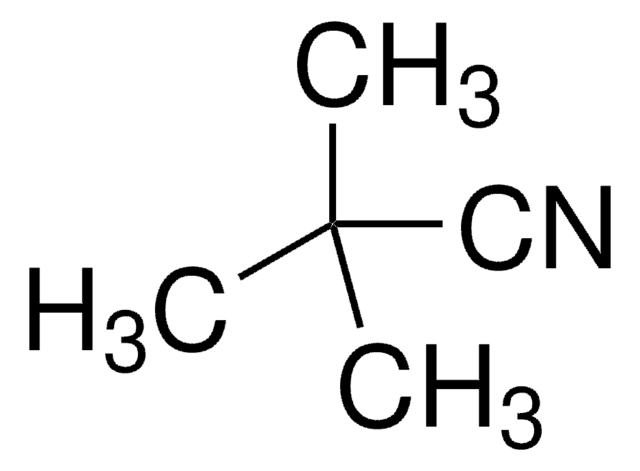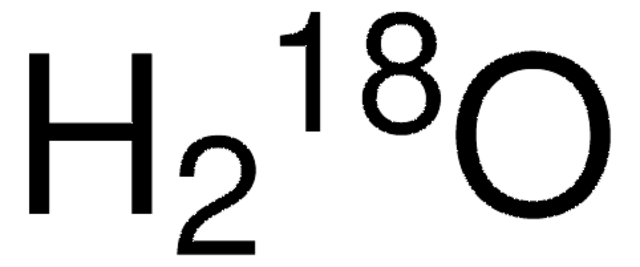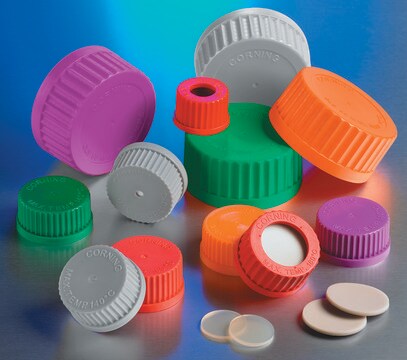8.07068
Propionitrile
for synthesis
Sinónimos:
Propionitrile, Ethyl cyanide
About This Item
Productos recomendados
vapor pressure
50 hPa ( 20 °C)
Quality Level
assay
≥99.0% (GC)
form
liquid
autoignition temp.
515 °C
potency
39 mg/kg LD50, oral (Rat)
40-56 mg/kg LD50, skin (Rabbit)
expl. lim.
3.1-14 % (v/v)
pH
10 (20 °C, 50 g/L in H2O)
bp
97 °C/1013 hPa
mp
-92 °C
transition temp
flash point 12 °C
density
0.782 g/cm3 at 20 °C
storage temp.
2-30°C
InChI
1S/C3H5N/c1-2-3-4/h2H2,1H3
InChI key
FVSKHRXBFJPNKK-UHFFFAOYSA-N
Application
- Fructose-Based Surfactant Synthesis: Propionitrile is utilized in the synthesis of fructose-based surfactants, offering environmentally friendly solutions in the detergent industry and showcasing its potential in green chemistry applications (Lin et al., 2024).
- Water Filtration System Application: The application of propionitrile derivatives in water filtration systems, specifically for manganese removal, demonstrates its role in enhancing water purification technologies, contributing significantly to environmental management (Basirun et al., 2023).
- Supercapacitor Development: Propionitrile is a key component in the development of safe and high-performance supercapacitors, using nonflammable electrolytes to improve energy storage systems, which is crucial for advancing renewable energy technologies (Van T Nguyen et al., 2023).
- Electro-photochemical Reactivity in Organic Synthesis: Propionitrile is involved in catalyst-free electro-photochemical processes, facilitating the synthesis of complex organic compounds like oxazoles and pyrroles, which are essential for pharmaceutical and materials science research (Maiti et al., 2023).
Analysis Note
Density (d 20 °C/ 4 °C): 0.781 - 0.783
Identity (IR): passes test
signalword
Danger
Hazard Classifications
Acute Tox. 2 Dermal - Acute Tox. 2 Oral - Acute Tox. 4 Inhalation - Eye Irrit. 2 - Flam. Liq. 2
Storage Class
3 - Flammable liquids
wgk_germany
WGK 1
flash_point_f
42.8 °F - closed cup
flash_point_c
6 °C - closed cup
Certificados de análisis (COA)
Busque Certificados de análisis (COA) introduciendo el número de lote del producto. Los números de lote se encuentran en la etiqueta del producto después de las palabras «Lot» o «Batch»
¿Ya tiene este producto?
Encuentre la documentación para los productos que ha comprado recientemente en la Biblioteca de documentos.
Nuestro equipo de científicos tiene experiencia en todas las áreas de investigación: Ciencias de la vida, Ciencia de los materiales, Síntesis química, Cromatografía, Analítica y muchas otras.
Póngase en contacto con el Servicio técnico








